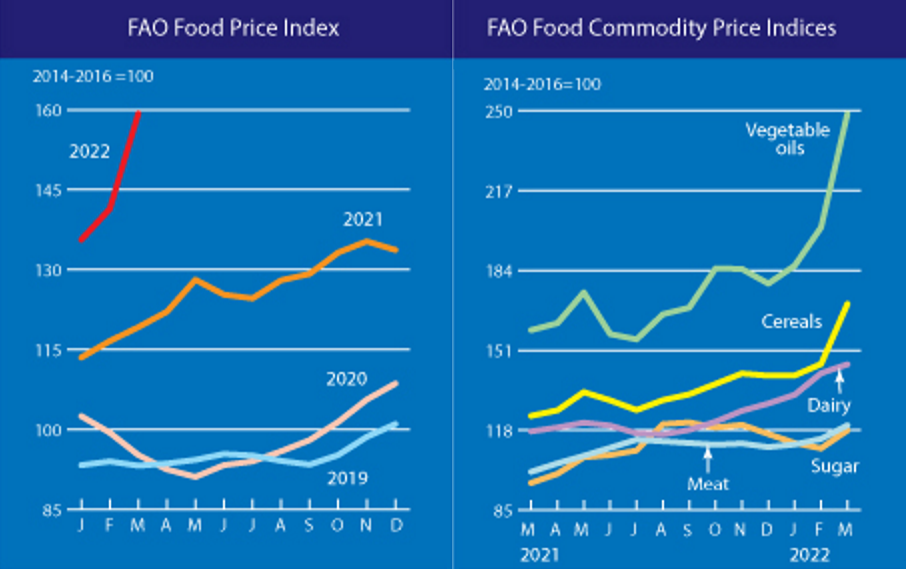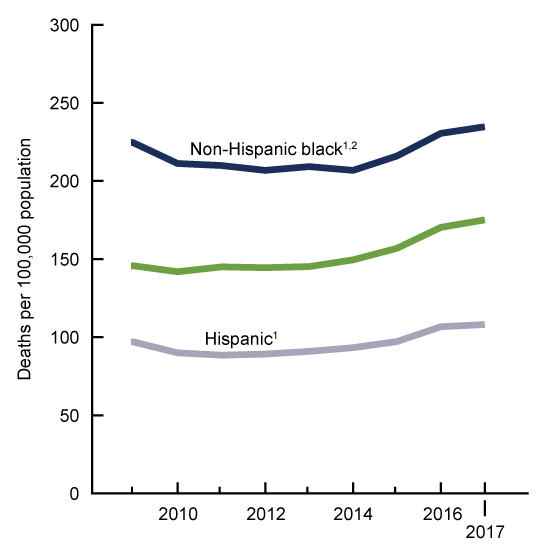U.S. life expectancy creeps up as Covid deaths fall – “We’re halfway back to what we lost. But we certainly have a very long ways to go before we get to where life expectancy should be.”

By Emily Anthes and Benjamin Mueller
29 November 2023
(The New York Times) – Life expectancy in the United States has begun to climb again as the threat of Covid-19 has receded, increasing by more than a year from 2021 to 2022, according to data released on Wednesday by the Centers for Disease Control and Prevention.
The rise represents a slow and partial recovery for the country, which tallied more than 1.1 million Covid deaths and lost 2.4 years in life expectancy from 2019 to 2021.
But an array of other conditions continued to pose grave risks to Americans’ health. Deaths from flu, pneumonia, fetal and infant conditions and kidney disease all rose in 2022, the agency reported, partially offsetting the fall in Covid deaths.
“We’re halfway back to what we lost,” said Eileen Crimmins, an expert on gerontology and demography at the University of Southern California. “But we certainly have a very long ways to go before we get to where life expectancy should be.”
In 2022, life expectancy at birth was 77.5 years, compared with 76.4 years in 2021. A drop in Covid deaths accounts for more than 80 percent of that increase. In 2019, before the pandemic, life expectancy at birth was 78.8. Declines in deaths from heart disease, unintentional injuries (a category dominated by drug overdoses), cancer and homicide also contributed to the rise in life expectancy, the C.D.C. reported.
Elizabeth Arias, a researcher at the National Center for Health Statistics and an author of the new analysis, said that she had not been expecting the nation’s life expectancy to rebound completely in 2022, when Covid was the underlying cause of some 200,000 deaths. “They’re excess deaths,” she said. “They’re not part of our mortality DNA.”
Life expectancy has climbed considerably over the past century, from 47 years in 1900 to nearly 79 years just before the pandemic. (The long-term improvement has been driven in part by significant declines in infant mortality.)
But gains in life expectancy in the United States had slowed in recent decades compared with that of other wealthy nations, and life expectancy effectively flattened in the 2010s, a trend that experts have attributed in part to gaps in health care access, areas of deep poverty, risky behaviors like gun ownership and unhealthy physical and social conditions in the United States.
After past health catastrophes in the United States, like the 1918 influenza pandemic, life expectancy appeared to recover more rapidly than it has during the coronavirus pandemic, said Dr. Steven Woolf, director emeritus of the Center on Society and Health at Virginia Commonwealth University. […]

A longstanding gap in life expectancy between the sexes widened during the pandemic, which brought a higher mortality rate in men than in women. In 2021, women could be expected to live six years longer than men, but that gap closed slightly, to 5.4 years, in 2022.
This narrowing may stem from the fall in Covid deaths and a potential plateauing of the opioid epidemic, said Dr. Brandon Yan, a physician and public health researcher at the University of California, San Francisco. “Both of these have historically disproportionately killed men,” he said.
The United States lags behind many other wealthy nations, both for how many years of life expectancy it lost during the pandemic and for how slowly it has recovered.
Portugal, for example, had a life expectancy of nearly 82 years in 2022, only marginally lower than before the pandemic. Belgium, too, had nearly returned to its prepandemic peak of a 82-year life expectancy by 2022, while Sweden had entirely erased its losses from the pandemic and returned to an 83-year life expectancy last year.
Studies in recent years have shown that the pandemic deepened American deficits in survival rates that had been accumulating for decades, reflecting longstanding problems with chronic illness in the United States and the country’s difficulties in responding to Covid.
Despite having one of the world’s most robust stores of vaccines, the United States struggled to vaccinate as many people against Covid — and especially older people — as other large and wealthy nations did. And it fell behind in administering booster shots, too, leaving it more vulnerable as the Omicron wave swept the country. […]
“The data makes clear that these longstanding inequities have not really been addressed,” said Michael Bird, a former president of the American Public Health Association and member of the Kewa Pueblo tribe. “It really goes back to poverty and the racism that is still being perpetuated.”
The pandemic was hardest on those who faced the steepest problems to begin with.
“It’s not an esoteric experience,” Mr. Bird said. “It’s the reality of knowing people who’ve passed on before their time.”
And many of the deaths in the United States are “in theory, wholly preventable,” said Philip Cohen, a sociologist and demographer at the University of Maryland. “It’s still violence and alcohol and suicide and homicide, accidents and especially opioids.”
Suicides rose 3 percent in 2022, the C.D.C. reported in a separate analysis on Wednesday. The agency had previously reported that the number of suicides had risen to nearly 50,000 in 2022, the most ever recorded in the United States [Suicides in U.S. hit historic high in 2022, driven by increase among older adults – “We don’t know why the rate has been going up” – Des].
“The U.S. is not doing its job when it comes to public health,” Dr. Cohen said. [more]


